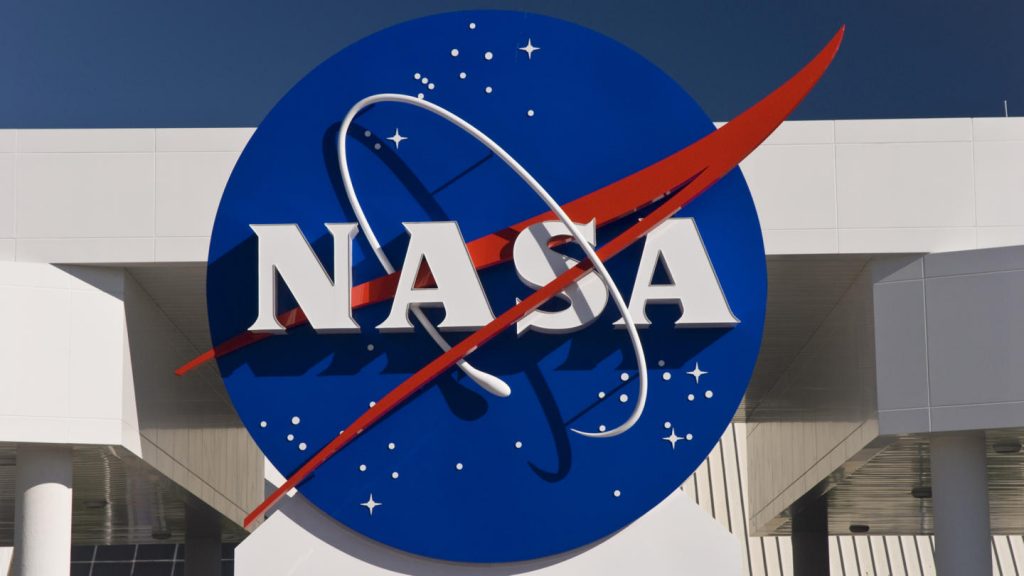Washington: In further boost to its Artemis Moon missions which will land the first woman and next man on the lunar surface by 2024, the US space agency Saturday awarded a $1.79 billion contract to Aerojet Rocketdyne of Sacramento, California, to manufacture 18 additional Space Launch System (SLS) rocket engines to support future missions to the Moon.
The RS-25 engines, attached to the SLS core stage, will send the Artemis I mission to the Moon. The follow-on contract includes labour to build and test the engines, produce tooling and support SLS flights powered by the engines, NASA said in a statement.
This modifies the initial contract awarded in November 2015 to recertify and produce six new RS-25 engines and brings the total contract value to almost $3.5 billion with a period of performance through September 30, 2029, and a total of 24 engines to support as many as six additional SLS flights.
“This contract allows NASA to work with Aerojet Rocketdyne to build the rocket engines needed for future missions,” said John Honeycutt, the SLS programme manager at NASA’s Marshall Space Flight Center in Huntsville, Alabama.
“The same reliable engines that launched more than 100 space shuttle missions have been modified to be even more powerful to launch the next astronauts who will set foot on the lunar surface during the Artemis missions,” he added.
Thursday, the US space agency selected Elon Musk-run SpaceX, Jeff Bezos-owned Blue Origin and Dynetics (a Leidos company) to design and develop human landing systems (HLS) for the agency’s Artemis programme.
NASA is on track for sustainable human exploration of the Moon for the first time in history.
Each SLS rocket uses four RS-25 engines, providing a total of 2 million pounds of thrust to send SLS to space.
These engines were updated with new controllers � the brains that control the engine � and upgraded and tested to fly at the higher performance level necessary to launch the SLS, which is much larger and more powerful than the shuttle, said NASA.
“We’ve already begun production on the first six new RS-25 engines,” said Johnny Heflin, the SLS engines manager.
Aerojet Rocketdyne has restarted the production lines, established a supplier base and is building engines using advanced techniques that reduce both the cost and time for manufacturing each engine.
The SLS rocket, Orion spacecraft, Gateway and Human Landing System are part of NASA’s backbone for deep space exploration.
The Artemis programme is part of America’s broader Moon to Mars exploration approach, in which astronauts will explore the Moon and experience gained there to enable humanity’s next giant leap, sending humans to Mars.
